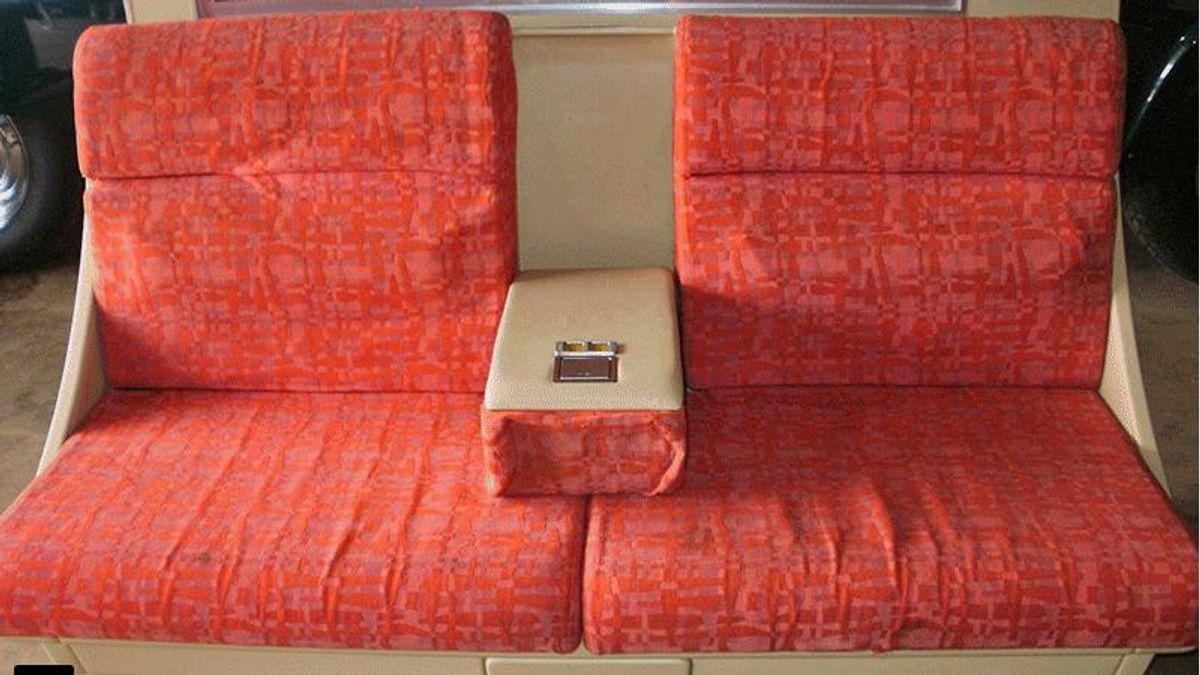On 13 October 2016, Katrina Pierson, a spokeswoman for Republican presidential candidate Donald Trump, claimed on CNN that a story told to the New York Times by a woman named Jessica Leeds, that Trump lifted the arm rest on a plane and groped her during a flight, was not true because aircraft at the time did not have movable arm rests:
We’re talking about the early 1980s, Don. Seriously, back then, you had planes, what, a DC-9, DC-10, an MD-80, a 707, and maybe an L-1011? But she said specifically this was to New York. And this is what’s important. We can ex out the L-1011 and the DC-10. Guess what? The first-class seats have fixed armrests. So I can tell you if she was groped on a plane, it wasn’t by Donald Trump, and it certainly wasn’t in first class.
But Phil Derner, founder of NYC Aviation, an aviation consulting and enthusiast organization, told us that flights using the McDonnell-Douglas DC-10 and Lockheed L-1011 aircraft flew into both La Guardia and John F. Kennedy airports in New York during the time period in question. In fact, the aircraft were designed specifically for shorter runways like La Guardia's — the wide-bodied planes had a third engine, giving them additional thrust and making it possible for them to operate in more confined airports.
Further, Derner said it is impossible to claim that the seats in the plane Leeds and Trump were flying in didn't have movable arm rests without knowing specifically which flight they were on. Every airline, he told us, had the option of outfitting their aircraft with a variety of different seat types, including arm rests that moved up and down to allow passengers to create a larger, two-person seat if they so wished:
There are and were some [arm rests] that are fixed and do not move and some that do in fact go up. At that time it was a little more common for some airlines to offer a large arm rest that goes up. We can’t say for sure unless we knew the specific airline and city pair of the flight in question. It may have been [a fixed arm rest], but it’s also just as possible it was one that went up, or even just a small arm rest.
So far, I’ve found photos of armrests stowing on 70s-80s vintage Braniff, National and TWA first class cabins. pic.twitter.com/UDuFpbNrsL
— Jon Ostrower (@jonostrower) October 13, 2016
Derner pointed out there has always been a wide variety of seat types used in different models of aircraft. A single airline might even have different seats and configurations in multiple aircraft of the same type — for example, Delta has planes outfitted differently for international and domestic flights, even though those planes are all Boeing 767s:
As CNN's Don Lemon pointed out during a panel discussion, Leeds never claimed to remember what airline she was flying more than three decades ago, when the alleged incident occurred.
Video of Pierson's comments can be seen here:
In a later interview, Leeds told CNN's Anderson Cooper that she believed she was flying on Braniff Airlines (which operated until 1982) from Dallas at the time of the incident. Writing for CNN Money, Jon Ostrower, an aerospace correspondent for the Wall Street Journal, reported that arm rests on that airline's planes were adjustable, citing a 1979 flight attendant's manual given to him by the Braniff Airways Foundation:
The airline's Boeing 727-200 fleet was outfitted with what was known as its "Ultra" interior made up of 24 first and 104 coach class seats, according to documents reviewed by CNN from the Braniff Airways Foundation.
The leather first class seats were designed with the removable center armrest for cleaning or "for a passenger that wanted to stretch across the seat," [foundation president Ben] Cass said.
Cass said the armrests were typically removed by a flight attendant, but were also removed by knowledgeable passengers.
